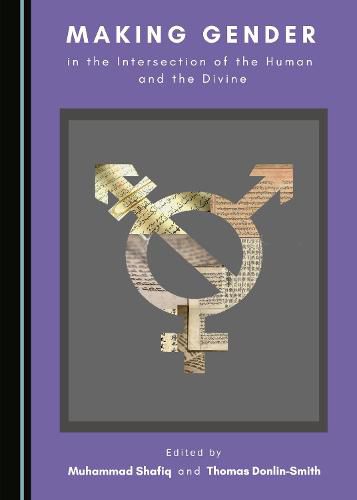Readings Newsletter
Become a Readings Member to make your shopping experience even easier.
Sign in or sign up for free!
You’re not far away from qualifying for FREE standard shipping within Australia
You’ve qualified for FREE standard shipping within Australia
The cart is loading…






This collection of essays challenges the traditional patriarchal approach to sacred literature by highlighting gender parity in sacred texts and envisioning the rise of the matriarchy in the future. The authors redefine Biblical Greek words like malakoi and arsenokoitai used in condemnation of homosexuality, and Qur'anic words like darajah and qawwamun, used for establishing patriarchy. One author reexamines the role of the Nepalese Teej festival of fasting and worship of the god Shiva in promoting male hegemony in Hinduism. Other papers examine passages like Proverbs 31:1-31, the stories of Sarah and Rahab in the Bible, the role of Mary in the Qur'an, and the Dharmic conversion in chapter 27 of the Lotus Sutra. This book makes it clear that sacred literature is subject to human understanding as it evolves through space and time. Today, as more women are educated and actively engaged in political, economic, and social life, religions are challenged to redefine gender roles and norms.
$9.00 standard shipping within Australia
FREE standard shipping within Australia for orders over $100.00
Express & International shipping calculated at checkout
This collection of essays challenges the traditional patriarchal approach to sacred literature by highlighting gender parity in sacred texts and envisioning the rise of the matriarchy in the future. The authors redefine Biblical Greek words like malakoi and arsenokoitai used in condemnation of homosexuality, and Qur'anic words like darajah and qawwamun, used for establishing patriarchy. One author reexamines the role of the Nepalese Teej festival of fasting and worship of the god Shiva in promoting male hegemony in Hinduism. Other papers examine passages like Proverbs 31:1-31, the stories of Sarah and Rahab in the Bible, the role of Mary in the Qur'an, and the Dharmic conversion in chapter 27 of the Lotus Sutra. This book makes it clear that sacred literature is subject to human understanding as it evolves through space and time. Today, as more women are educated and actively engaged in political, economic, and social life, religions are challenged to redefine gender roles and norms.